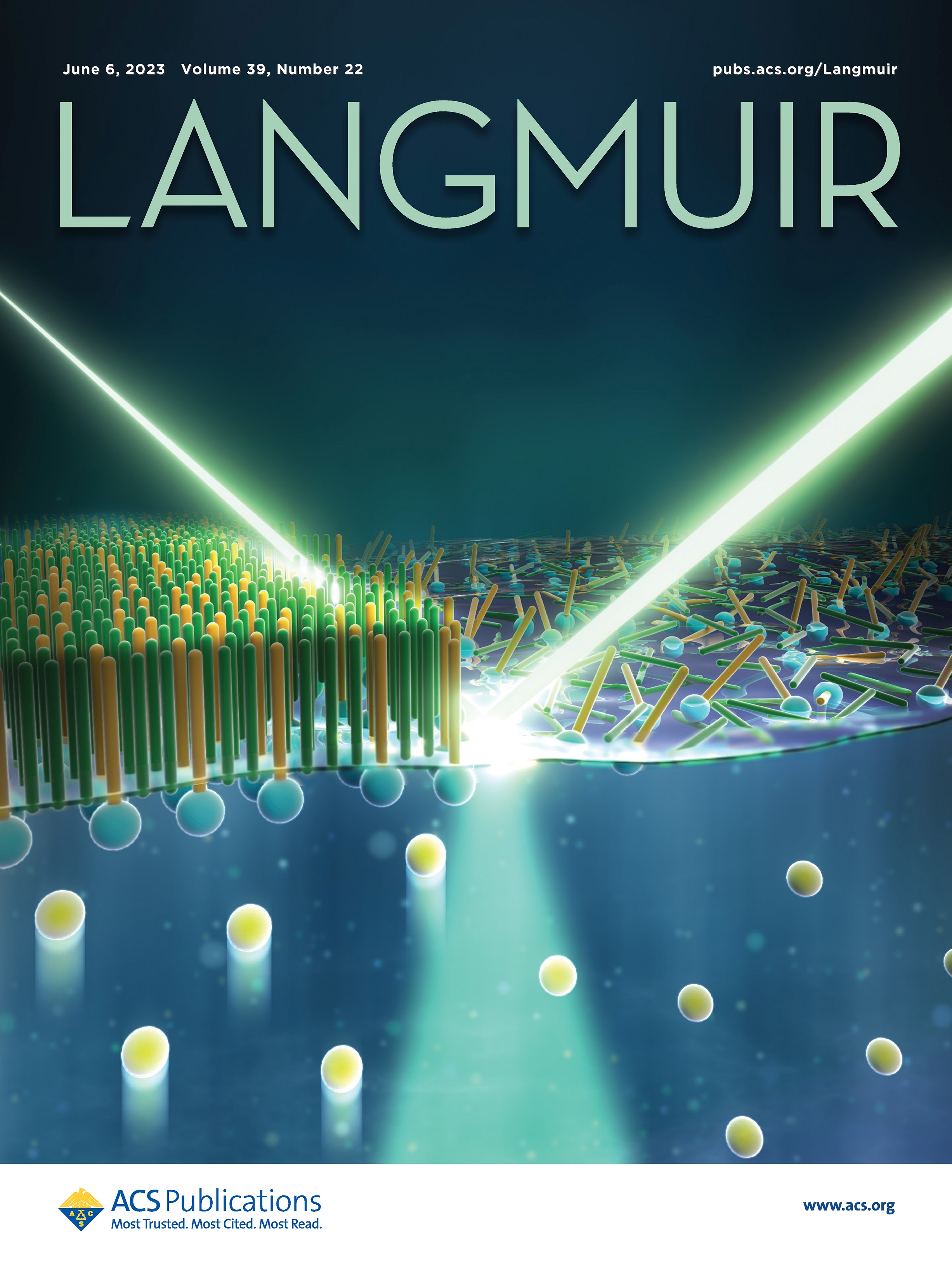HIROKI MATSUBARA
Analytical Chemistry Laboratory,Chemistry Program,
Graduate School of Advanced Science and Engineering
E-mail: hmtbr_at_hiroshima-u.ac.jp (Please replace "_at_" to "@".)
Key points of this research results
- Analyzing gas-liquid and liquid-liquid interfaces using spectroscopic techniques presents greater challenges than examining solid surfaces, leaving many fundamental physical properties poorly understood.
- This study employs surface quasi-elastic light scattering and total reflection XAFS methods to investigate a mixed adsorbed film of surfactant and n-alkane at the gas-liquid interface.
- The research focuses on measuring alterations in physical characteristics during the surface liquid-solid transition. Precise assessment of adsorbed film properties is crucial for comprehending foam and emulsion stability, with potential applications in various industries, including cleaning and cosmetics.
Outline
Surfactants possess a unique structure combining a water-repelling (hydrophobic) component and a water-attracting (hydrophilic) component. This composition allows them to form a monolayer at the air-water and oil-water interfaces.
The majority of surfactants employed in cleaning and emulsification processes contain ionic hydrophilic groups to ensure adequate water solubility. The lateral repulsion between these head groups in the monolayer restricts surface density. This research demonstrates that by introducing saturated alkane molecules into the gaps between surfactant ions, a monolayer with exceptionally high hydrocarbon chain density can be created.
The transition of the surface phase (2D liquid and solid) was verified through the abrupt change in surface viscoelasticity, as measured by surface quasi-elastic light scattering. Additionally, X-ray absorption fine structure spectroscopy (XAFS) in total reflection condition confirmed increased adsorption of counterions to surfactants in the surface solid film.
The significant alterations in interfacial properties accompanying surface phase transitions show promise for developing novel structure-property relationships. These relationships could potentially control the stability of foams and emulsions in response to temperature changes. The research findings are highlighted on the side cover of Langmuir (ACS colloid journal).

"Reprinted with permission from Langmuir 2023, 39, 22, 7759–7765. Copyright 2023 American Chemical Society."
Paper Info
Matsubara, S., Funatsu, T., Tanida, H., Aratono, M., Imai, Y., & Matsubara, H. (2023). Effect of Surface Freezing of a Cationic Surfactant and n-Alkane Mixed Adsorbed Film on Counterion Distribution and Surface Dilational Viscoelasticity Studied by Total Reflection XAFS and Surface Quasi-Elastic Light Scattering. Langmuir, 39(22), 7759-7765. https://doi.org/10.1021/acs.langmuir.3c00591

 Home
Home



